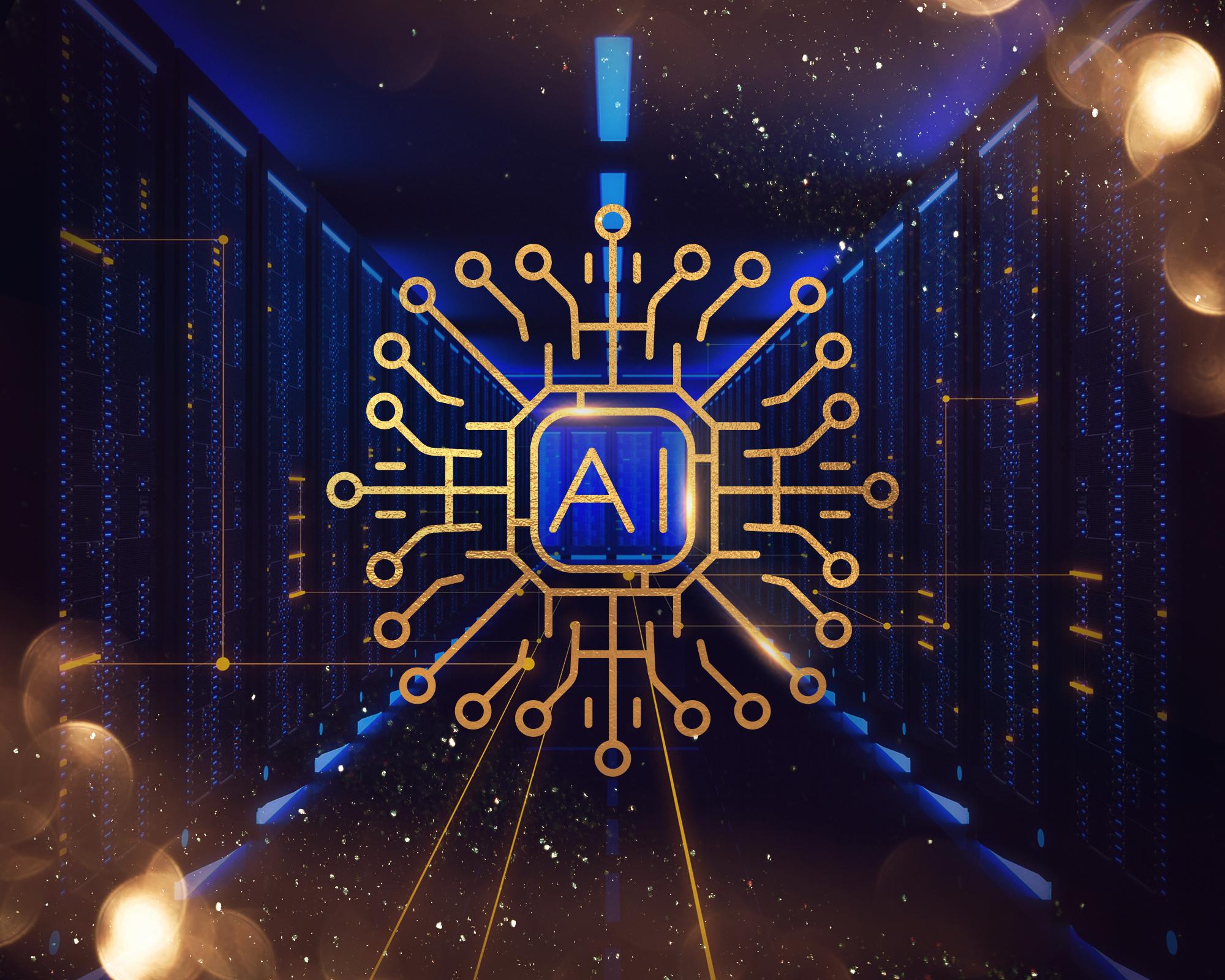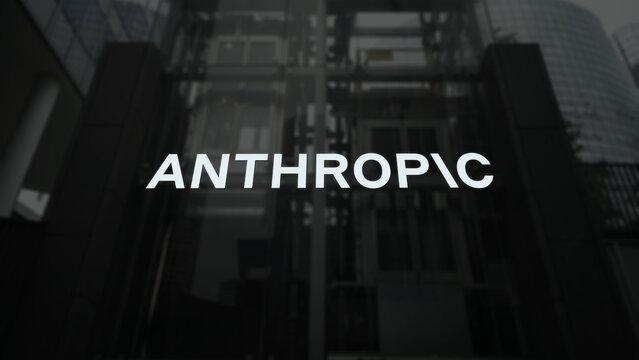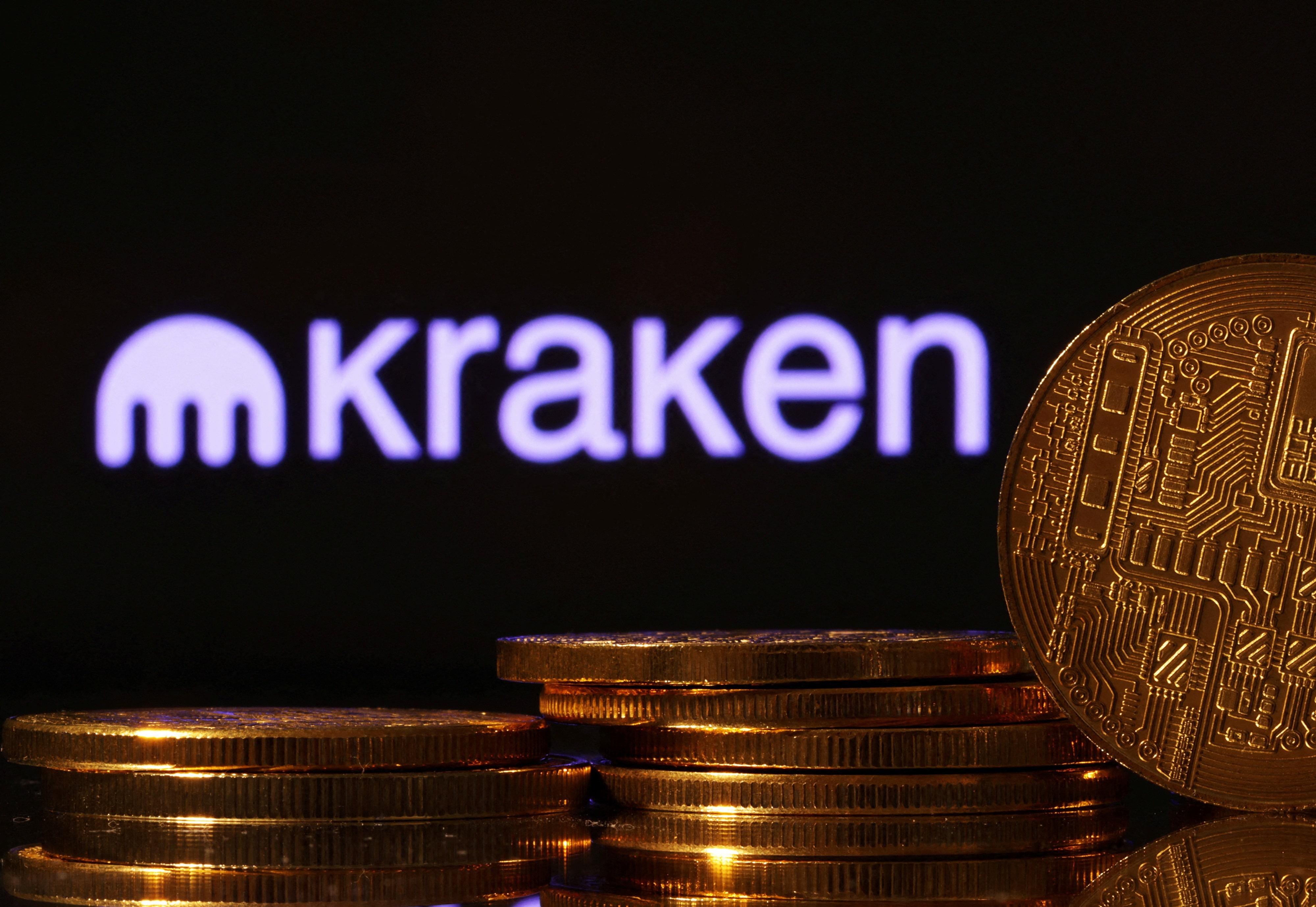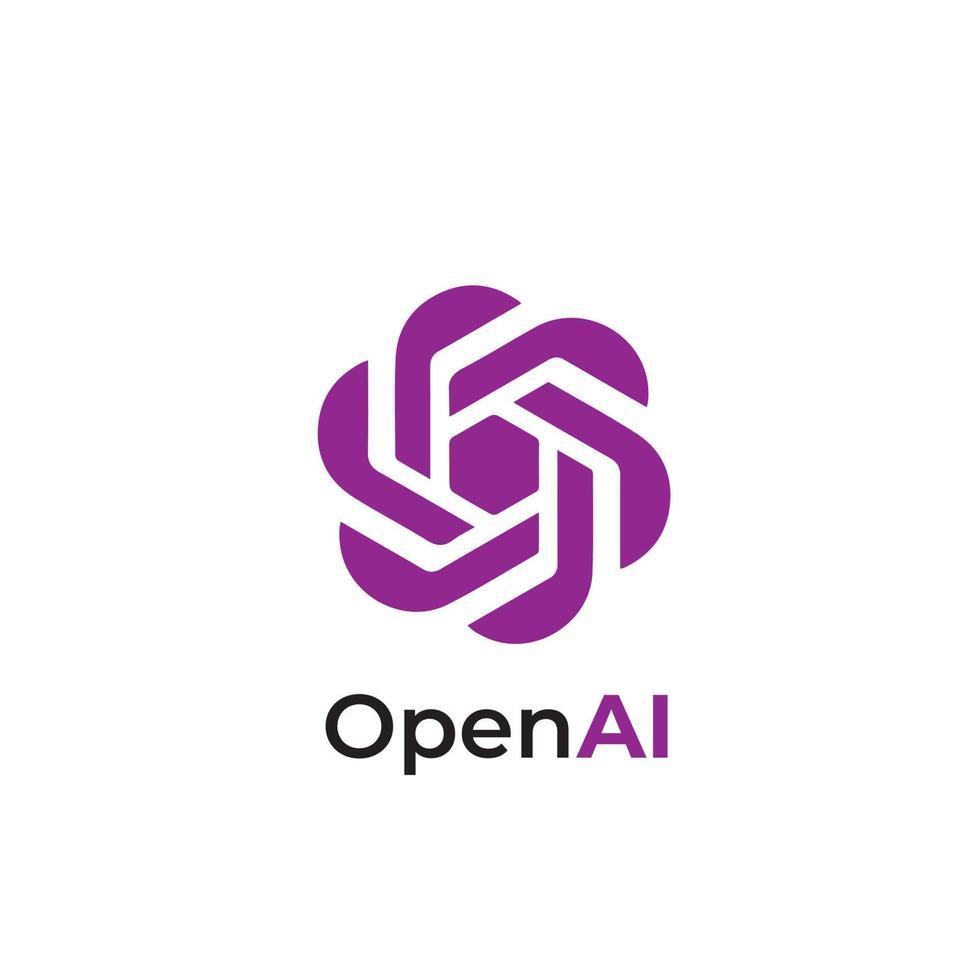
The Future of Robotics: From Science Fiction to Reality
The Future of Robotics: From Science Fiction to Reality
Dreamforce Conference: A Glimpse Into Tomorrow's Technological Landscape
The annual Dreamforce conference in San Francisco became the stage for a remarkable dialogue between industry leaders about the future of robotics and artificial intelligence. Salesforce CEO Marc Benioff hosted an electrifying interview with Brett Adcock, the visionary mind behind Figure AI, setting the tone for discussions that would blur the lines between science fiction and emerging reality.
During this captivating exchange, Adcock made a bold proclamation that resonated throughout the technology community: "We're building a new species here." This statement, drawing parallels to speculative futures outlined in science fiction literature, envisioned a horizon where robots could not only replicate but also evolve independently. The concept harks back to the theoretical framework of self-replicating von Neumann probes, named after mathematician John von Neumann, who first imagined machines capable of reproducing themselves while exploring and colonizing space.
Investment and Industry Competition
These groundbreaking ideas have captured the attention of industry titans and investors alike. Sam Altman of OpenAI, who has partnered with Figure AI through a significant five million dollar investment, shares Adcock's enthusiasm for this robotic revolution. Altman foresees a near future where the presence of humanoid robots will feel remarkably sci-fi yet surprisingly integrated into our daily lives. Supporting this vision, tech luminaries like Jeff Bezos have also invested in robotic innovations, including specialized laundry-folding robots, demonstrating the broad appeal and potential applications of advanced robotics.
The robotics landscape has become intensely competitive, with Tesla's Elon Musk emerging as a formidable rival through his humanoid robot project, Optimus. This rivalry extends beyond mere business competition, encompassing personal and professional disputes that highlight an industry on the brink of a technological renaissance. Musk's artificial intelligence endeavors through xAI and historical legal conflicts with OpenAI underscore the high-stakes nature of this emerging field, where proprietary secrets and employee recruitment have become sources of contention.
Diverse Approaches to Robotic Design
While the industry races toward humanoid perfection, Figure AI's latest model, the Figure 03, promises innovative domestic applications, though consumers must still wait for these technological companions to enter their homes. However, the debate continues regarding whether robots truly need human-like appearances to be effective. Alternative approaches, exemplified by Moxi from Diligent Robotics, demonstrate that practical design may trump human mimicry in achieving robotic potential.
Moxi represents a different philosophy in robotic development. This Austin-based startup's creation moves efficiently on wheels rather than legs, equipped with arms and a head designed specifically for hospital environments. Described by cofounder Vivian Chu as a "minimum viable humanoid," Moxi excels at delivering lab samples and medical supplies, performing crucial yet routine tasks that free healthcare professionals to focus on more complex patient care.
Revolutionary Applications and Future Implications
The healthcare applications of robots like Moxi illustrate how innovative thinking is reshaping entire industries. By executing repetitive, time-intensive tasks with precision and reliability, these robots improve operational efficiency, reduce human error, and allow medical staff to dedicate more time to patient interaction and critical care decision-making. This practical approach suggests that the future of robotics may be as diverse and functional as our collective imagination allows.
Looking beyond Earth's boundaries, Adcock's vision extends to space exploration and colonization. The concept of self-replicating machines capable of mining resources in space, building more of themselves, and expanding human presence across the cosmos could fundamentally change how we approach interstellar exploration. These theoretical von Neumann probes represent a paradigm shift where robots become not just tools but autonomous agents of human expansion throughout the universe.
Conclusion: Where Reality Meets Imagination
The developments showcased at the Dreamforce conference and throughout the robotics industry represent more than technological advancement; they signal an era where imagination seamlessly melds with reality. Whether tomorrow's robots will walk among us in human form or roll, hover, and transform in ways that echo our cinematic visions of the future remains an open question. What seems certain is that we stand at the threshold of a robotic renaissance that will redefine the boundaries of possibility, transforming everything from healthcare delivery to space exploration, and ultimately reshaping our understanding of what it means to coexist with artificial beings in an increasingly automated world.







